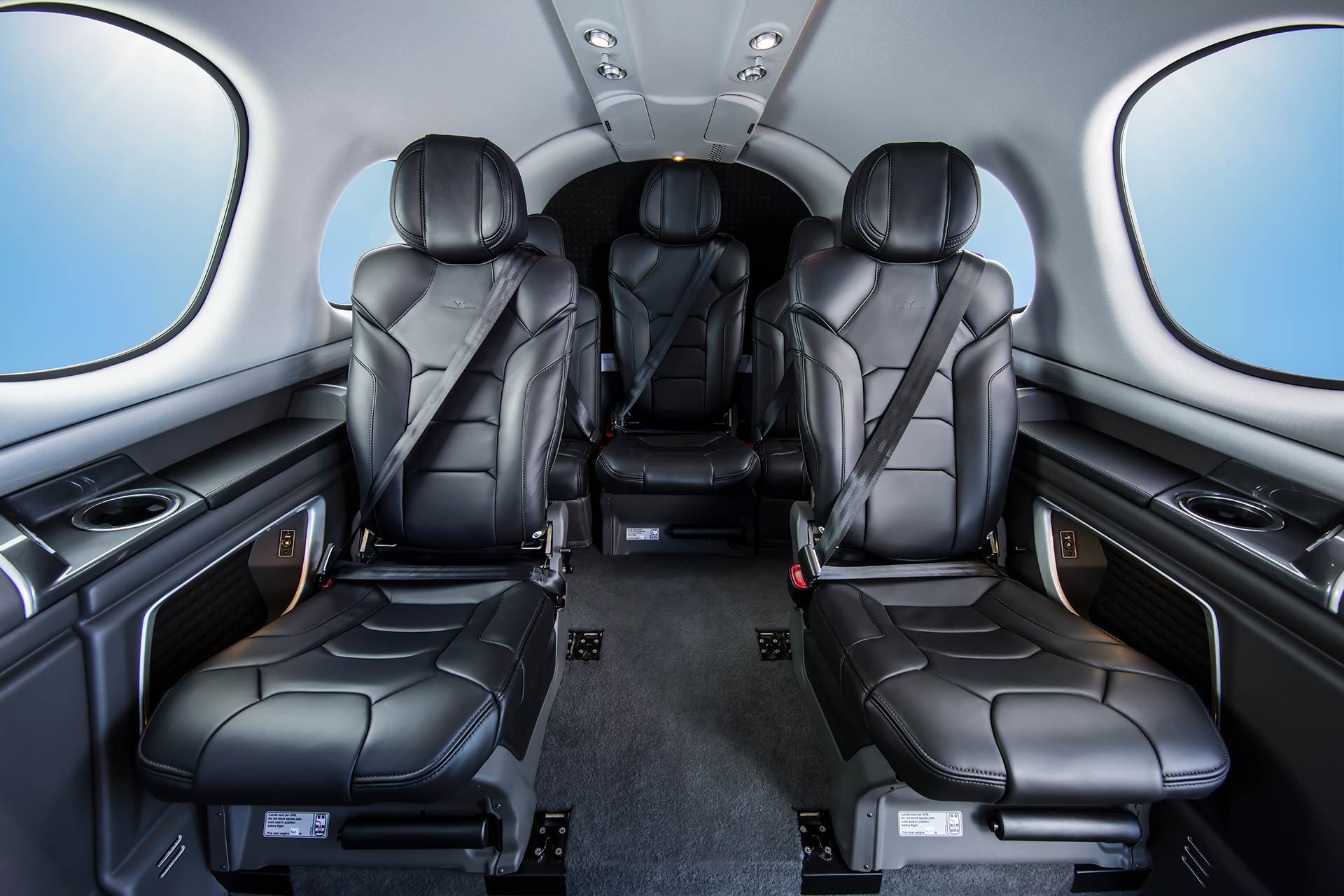
The Vision Jet’s empennage features a v-tail to help accommodate the positioning of the single turbine engine. Cirrus Vision Jet G2+ at a GlanceĪnd it’s one that now extends to the addition of Safe Return-the Cirrus name for Garmin’s 2021 Flying Innovation Award-winning Autoland system-the G2 platform that was designed around the capability to land the airplane without pilot intervention. There’s an underlying comfort to that but also a different kind of responsibility. Not that we even came close to pulling out that particular checklist, but the fact that this is one jet with that final option available entered into my thought process. And it keeps most of us, I believe, from pulling that handle indiscriminately.īut I thought of this option when we encountered a long climb through unanticipated ice in early July during a test flight of the latest Vision Jet iteration, the G2+, from Chattanooga (KCHA), Tennessee, to Hagerstown (KHGR), Maryland.

CIRRUS APPROACH SIMULATOR
The sense of this stays with you, proved when I flew in the company’s Vision Jet G1 simulator this past fall at the Vision Center in Knoxville, Tennessee. Many pilots, myself among them, will feel uneasy-or worse-at surrendering control of the airplane to a piece of fabric suspending on thick cables somewhere above the airframe, as you swing like a pendulum below. The company wants everyone who will sit left seat in its single-engine Vision Jet to know how that feels so pilots will be able to do it if they need to-but not without conscientious determination. Somewhere in between sits a pilot in the future who has pulled on the Cirrus Airframe Parachute System handle in a Cirrus SF50.

The pilots who have put various aircraft through their initial paces in the experimental stage may know another-the deployment of a flight-test airframe chute to recover during spin testing gone south, or an airframe mishap. What will it feel like if you ride the chute down? Skydivers know one answer-based on the parachute they strap themselves into.


 0 kommentar(er)
0 kommentar(er)
